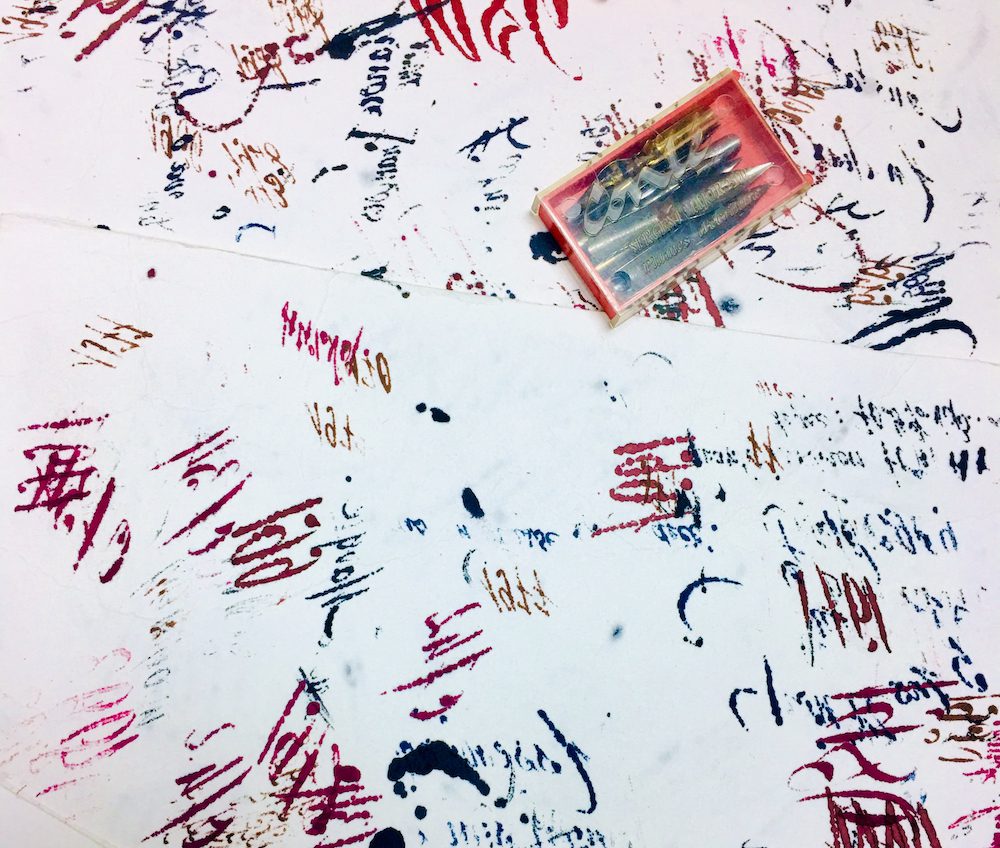In this month’s column, Circle Chair Meg Maker reflects on why a skilled editor is one of a writer’s most valuable collaborators — especially in today’s fast-moving world of digital media.
“Every smart person wants to be corrected, not admired.”
—Marvin Minsky
I’ve recently completed two large wine media projects. The first was a series of naturalistic portraits of women who work in the Languedoc wine industry. I made the paintings, wrote the profiles, and produced the series as a digital gallery. The second was a written report from a tasting trip to Piemonte. I wrote a long autobiographical essay, illustrated it with dozens of photos, and recommended 65 wines.
The first project took about 300 hours over four months, the second about 50 hours over four weeks, not including boots-on-the ground research time in France and Italy.
I published both projects on my own website, for a few reasons. It’s expedient, because I control the publication timetable and wanted the stories to see daylight as soon as possible. It’s instructive, because my site statistics help me understand readership and engagement. But mostly it’s practical, because they’re both somewhat unorthodox as wine communications, and I couldn’t imagine another outlet taking them, much less paying for them.
I bring up these two projects not to promote them, but to highlight how, for both pieces, and over long stretches of time, I worked entirely alone — which means the pieces are not as good as they could be.
Over the last several decades, I’ve served as an editor, producer, and creative services director for a variety of digital and print publications. The domain doesn’t merely invite collaboration, it demands it. A team of writers, editors, subject matter experts, art directors, designers, photographers, digital producers, and others pool their expertise to create something better than any single one of them could make alone.
Editors play a particularly significant role. They work at multiple levels to ensure all materials cohere with the editorial goals. At the level of strategy, they balance immediate concerns with the long view: where this publication has been, where it’s headed. Once all content is in draft, they get to work at the level of story, cracking open each element, examining its machinery, determining what’s working, what might need fixing, how it fits into the mix.
Good editors do this job with sensitivity and heart and smarts. They collaborate with the author, whose byline needs to shine, and with all of the other creatives who put the work into the world. Good editing helps writers see which elements of their piece advance their story objectives and which are off base, out of place, or missing entirely. Good editing checks facts and ensures content integrity. Good editing expands impact and sharpens voice. Good editing is solid gold.
I’ve been on both sides of that dialectic, as writer and editor. But as a self-publisher, I have to fill both roles simultaneously. I’m glad to have some editorial experience, but there’s no substitute for a fresh set of eyes, and it’s always hard for me to feel 100 percent confident about my self-made work. Could it have been better? Of course it could have been better.
Many of us are now self-publishing, producing a blog or newsletter in order to get traffic, build brands, and develop an audience of passionate readers. Sure, we could hire editors, fact checkers, proofreaders, and a production team, but that gets expensive. So we’re flying without a net, doing the best we can, and making mistakes (as few as possible).
As a Circle, at least we have each other. We can be one another’s fresh set of eyes, reading each other’s work and offering support in this new landscape where talk is cheap but good talk is priceless.
Coda: Editors, I salute you.
Image credit: Meg Maker

